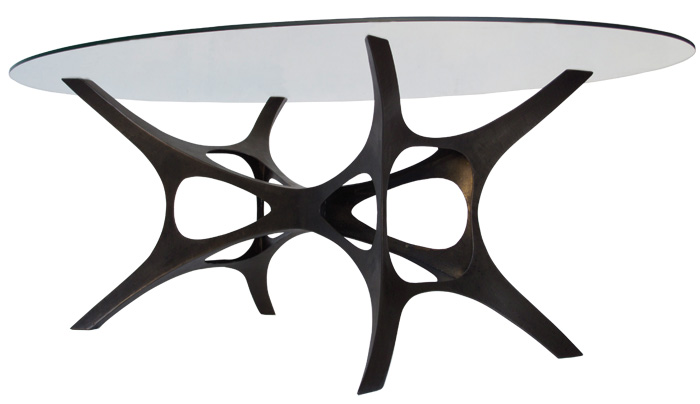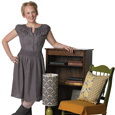16 Tips for Moving Your Household
 The mountain of boxes. The rolls of BubbleWrap.® The weeks of winnowing down your earthly goods and packing up what you’ve decided to keep. If you’ve got a move in your near future, chances are you’re dreading the time suck that awaits you. Oregon Home talked with four movers about how to best move your household from here to there without damaging your art or losing your marbles.
The mountain of boxes. The rolls of BubbleWrap.® The weeks of winnowing down your earthly goods and packing up what you’ve decided to keep. If you’ve got a move in your near future, chances are you’re dreading the time suck that awaits you. Oregon Home talked with four movers about how to best move your household from here to there without damaging your art or losing your marbles.









